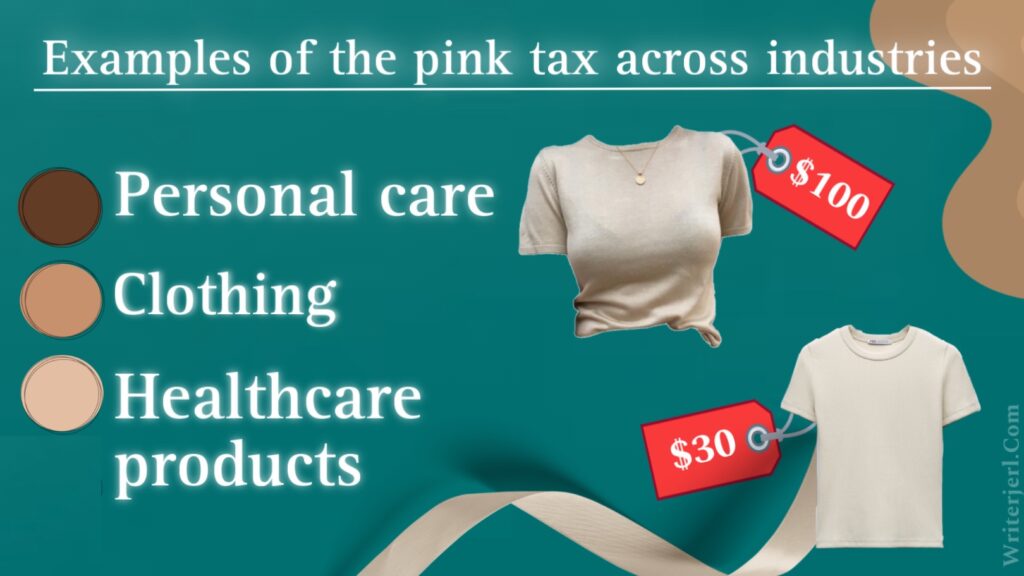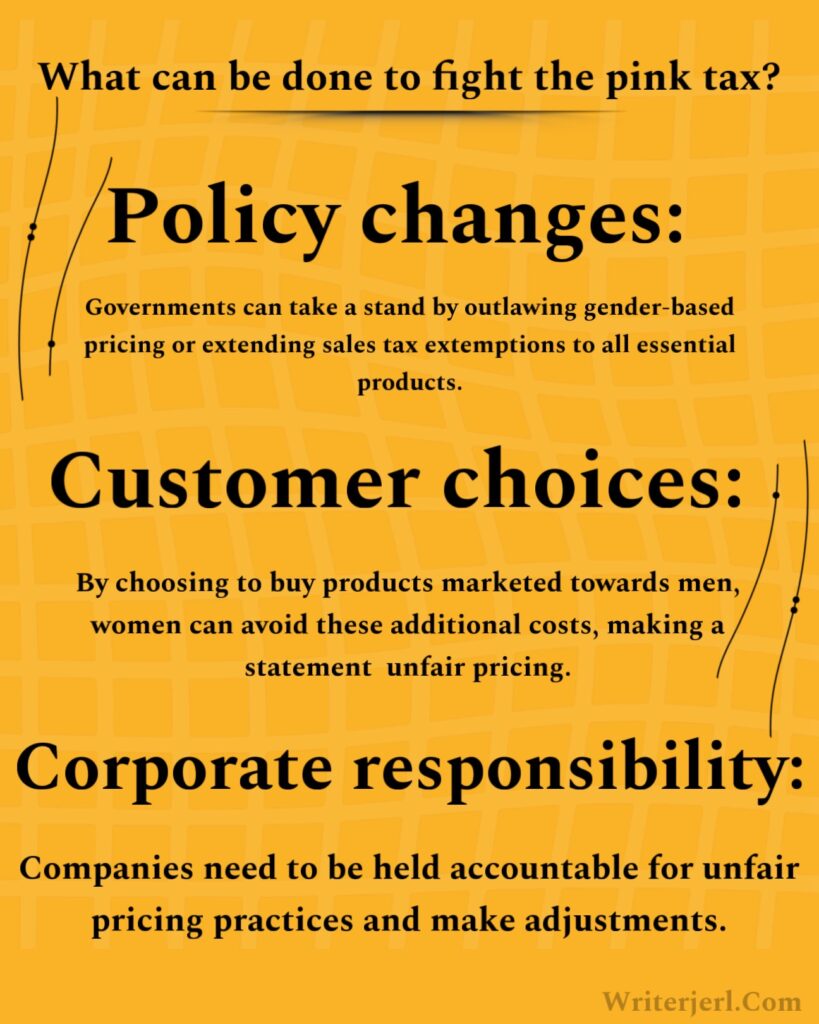The Pink Tax: How women are economically penalised for being women
For too long, society has silently accepted that women pay more for products and services compared to men. This happening, is the “Pink Tax,” isn’t an inconvenience; it’s a transparent economic penalty mandatory on women just for being women.
Whether it’s everyday essentials, personal care items, or even health-related products, women are frequently overcharged for items marketed to them.
This highlights complete sexism in the market, hitting women’s wallets every day and costing them thousands over a lifetime.
What is the Pink Tax?
The pink tax isn’t an actual tax, but it functions like one. It refers to the higher prices placed on products marketed to women compared to nearly same products for men.
From razors to shampoos, deodorants to clothes, women often pay more, even when the differences are insincere, such as color or branding. It’s a form of price discrimination that sends a message: women should expect to pay more for simply existing.
Research shows the impact of this difference. According to a study, women’s products cost about 7% more than men’s on average across various categories, and in some cases, the difference can be even more extreme. This isn’t a coincidence; it’s a marketing decision that abuses women.
Examples of the pink tax across industries
The pink tax affects a shocking range of everyday products, from basic hygiene items to children’s toys. Here are just a few examples:
Personal Care Products: Razors for women are often marketed in pastel colors with added scents, but these features come at a premium price. A pink razor, for example, can cost up to 13% more than a comparable razor for men, even though the functionality is identical. Shampoo, deodorant, and body wash aimed at women all tend to be more expensive.
Clothing: Clothes marketed to women are consistently priced higher than men’s. Women’s shirts, jeans, and even socks cost more despite similar quality and materials.
Kids’ clothes also show this pattern: girls’ items are regularly more expensive than boys’ even when they are practically identical in design and material. This discrepancy is especially unfair since it perpetuates inequality even among children.
Healthcare Products: Beyond clothing and grooming, there’s an even bigger issue with essential health products. Menstrual products like tampons and pads are often subject to sales tax in many regions, while other medical necessities, like bandages, are tax-free.

It’s a double injustice charging women more for necessities they can’t avoid buying and adding a tax on top of it.
How the pink tax affects women economically?
This isn’t just about paying a few amount extra here and there; over time, the pink tax adds up significantly. Women end up spending an estimated 1,09,794.10 INR ($1,300) more per year on similar products than men do.
When you consider the broader economic impact, it’s disturbing that women are already paid less on average due to the gender pay gap, yet they’re expected to spend more on necessities. This disparity becomes an unspoken but undeniable penalty for simply being a woman.
Women’s careers often suffer due to this economic burden. Many find themselves with higher expenses and lower earnings, making it harder to save, invest, or achieve financial independence. This isn’t a small issue that these extra costs can hinder a woman’s ability to accumulate wealth, limiting her future opportunities and security.
The role of gendered marketing and societal expectations
The pink tax isn’t just about pricing; it’s about in-built biases and sexist marketing.
Companies create products that look, smell, or seem “feminine” and then charge more under the appearance of providing to women’s preferences. This approach takes advantage of societal expectations that women should look a certain way or maintain a particular level of grooming, pushing them to buy more expensive, gender-targeted products. These companies understand that women face societal pressures to adhere to these standards, and they profit from it.
But let’s be clear, marketing that pushes women to buy expensive “specialized” products to meet social expectations is manipulative. These price hikes aren’t justified but they’re about profit.
Women are systematically charged more for the same results, essentially paying a “femininity tax” on the daily products they’re expected to use.

The Menstrual Product Tax: Adding Insult to Injury
Menstrual products, like pads and tampons, are considered “luxury items” in many places and thus subject to sales tax.
The fact that menstrual products are taxed while items like Viagra or dandruff shampoo are often exempt is complicated. Menstrual products are not luxury items; they are essential for basic hygiene and health.
Several activists and organizations have worked tirelessly to eliminate this “tampon tax.” California, New York, and a handful of other states have successfully removed it, but most states still have it in place. Until we see a universal change, this tax will continue to disproportionately penalize women, particularly those who may already be struggling financially.
Why we need transparency and change in the market?
Awareness is the first step in combating the pink tax.
Many consumers are unaware of how deeply fixed the pink tax is in their shopping habits. Retailers and manufacturers often go to great lengths to keep these differences hidden, banking on the assumption that consumers won’t notice a few amount difference here and there. But this practice is more than just a hidden cost.
We need more transparency about pricing and an active push for companies to stop exploiting gendered pricing practices.
Consumer advocacy groups and individual consumers alike can play a role in holding companies accountable and demanding fairer pricing structures.
When companies see that consumers are paying attention and calling out unfair practices, they may be forced to make meaningful changes.
Conclusion: women deserve fair treatment, not financial penalties
The pink tax is a universal and harmful practice that punishes women economically for the “crime” of being female.
It’s high time we demand accountability and change.
Women should not have to pay more for everyday products that men get for less, nor should they face a tax on essential health items simply because they’re female.
It’s unfair, unjust, and utterly unacceptable.
By shedding light on the pink tax and challenging companies and lawmakers to address these injustices, we can begin to dismantle the systems that make it harder for women to achieve financial stability. This isn’t just a women’s issue but it’s a human rights issue, and until it’s addressed, women will continue to face an unfair economic penalty for their gender.
Thank you for your sharing. I am worried that I lack creative ideas. It is your article that makes me full of hope. Thank you. But, I have a question, can you help me?
mail@writerjerl.com